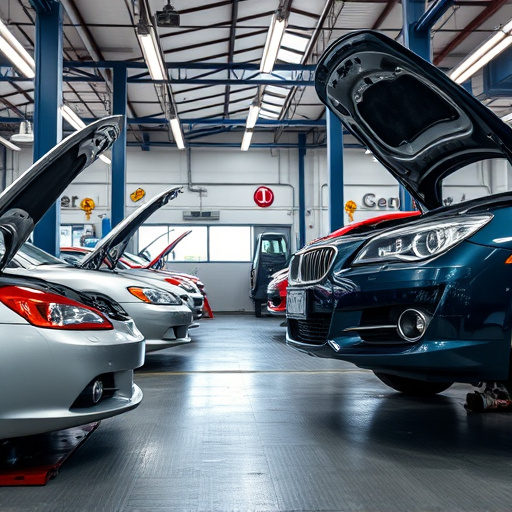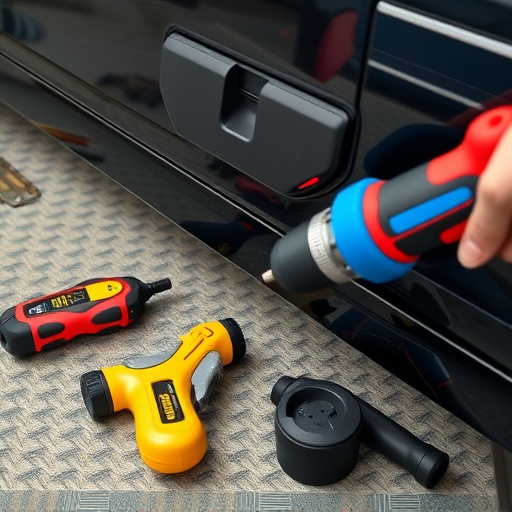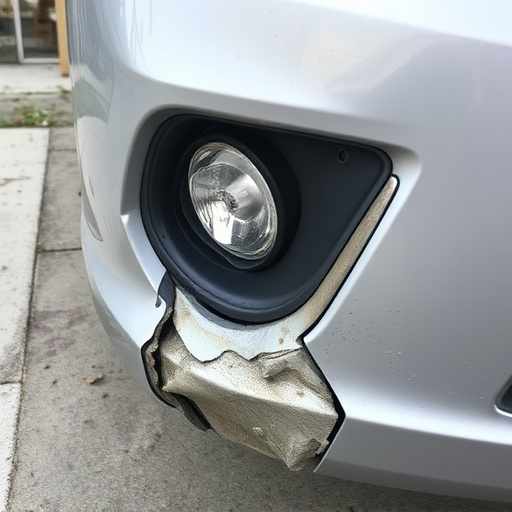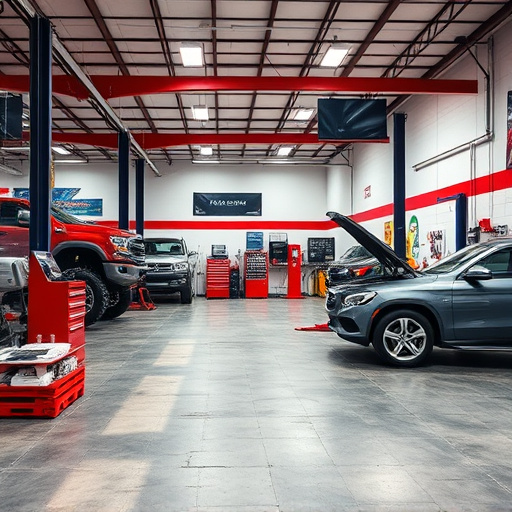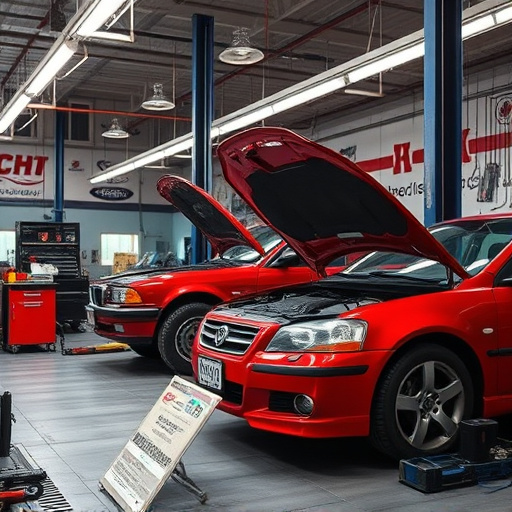Sustainable collision centers revolutionize auto repair by merging quality service with environmental stewardship. They employ eco-friendly materials, energy-efficient practices, and waste reduction strategies to minimize their ecological impact throughout collision repair processes. These centers utilize green technologies and advanced techniques for hail damage, fender benders, etc., while educating customers and engaging in community initiatives to promote a greener future. By balancing quality and environmental responsibility through rigorous quality control, innovative technology, and sustainable practices, they offer top-notch service with minimal waste and energy consumption.
Sustainable collision centers are revolutionizing the automotive repair industry by prioritizing both quality service and environmental responsibility. In a world where eco-conscious practices are essential, these centers strive to minimize their ecological footprint while delivering top-tier services. This article explores the defining principles of sustainable collision centers, strategies for maintaining high quality, and innovative eco-friendly practices that balance accountability with exceptional workmanship. Discover how these game-changing facilities are setting new standards in both service and sustainability.
- Defining Sustainable Collision Centers: Key Principles
- Balancing Quality: Strategies for Excellence
- Responsibility in Action: Eco-Conscious Practices
Defining Sustainable Collision Centers: Key Principles
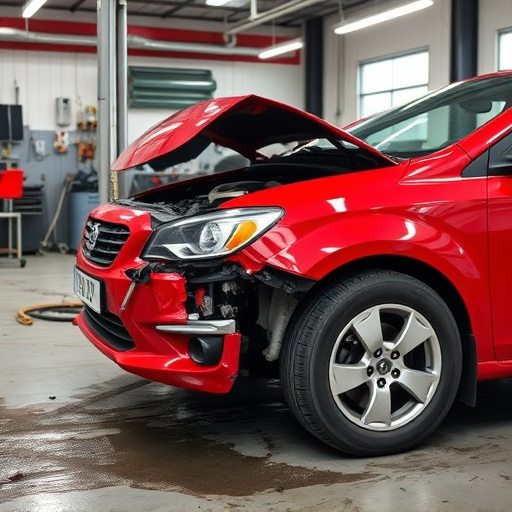
Sustainable collision centers are redefining the automotive repair industry by prioritizing environmental stewardship and ethical practices alongside quality service. These centers go beyond traditional collision repair, aiming to minimize their ecological footprint at every stage of the process. Key principles guiding sustainable collision centers include using eco-friendly materials and processes, promoting energy efficiency, reducing waste, and adopting circular economy models.
By integrating green technologies and innovative techniques, these facilities minimize the environmental impact of hail damage repair, fender bender repairs, and other collision-related services. They also foster a culture of responsibility by educating customers about sustainable practices and participating in community initiatives to promote a greener future for all.
Balancing Quality: Strategies for Excellence
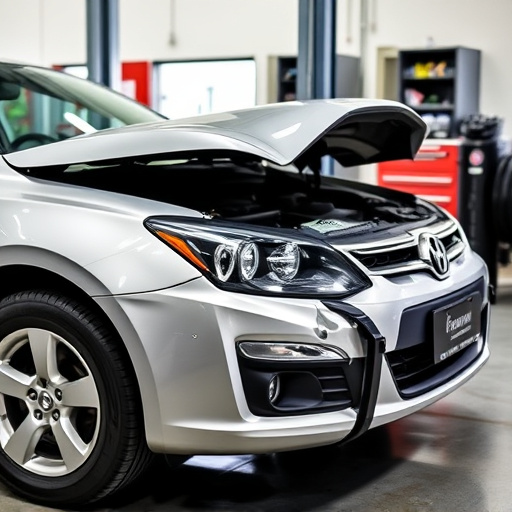
In the realm of sustainable collision centers, balancing quality and responsibility is paramount. These facilities, designed to provide top-notch services while minimizing environmental impact, must excel in every aspect of auto collision center operations. One key strategy involves implementing rigorous quality control measures that ensure every repair, from hail damage repair to more extensive collision repair, meets the highest standards. Utilizing advanced technology and trained professionals, sustainable collision centers can achieve excellence while reducing waste and energy consumption.
Additionally, these centers foster a culture of continuous improvement, staying abreast of industry trends and innovations in materials and techniques. By adopting eco-friendly practices, such as using recycled materials and water-based paints, they not only reduce their carbon footprint but also contribute to a healthier environment. This holistic approach to sustainable collision center management ensures that quality isn’t compromised while promoting responsibility towards the planet and future generations.
Responsibility in Action: Eco-Conscious Practices
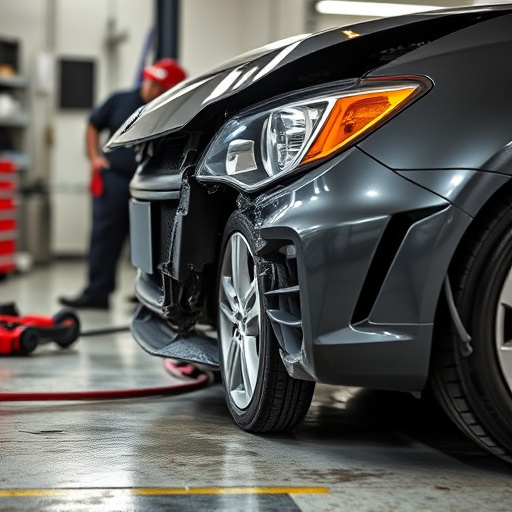
At sustainable collision centers, responsibility extends beyond the walls of the facility. Eco-conscious practices are integral to their operations, reflecting a commitment to minimize environmental impact throughout the entire process. These centers embrace eco-friendly materials and techniques for everything from bumper repair to autobody repairs. For instance, they may use recycled or biodegradable solvents for paint removal and cleaning, reducing chemical waste that could harm local water sources and ecosystems.
Moreover, sustainable collision centers often prioritize energy efficiency. They invest in energy-saving equipment and lighting systems, reduce lighting needs during peak sunlight hours, and promote the responsible disposal of hazardous materials. These practices not only contribute to a greener environment but also drive down operational costs for these centers, making them more accountable to both their customers and the planet.
Sustainable collision centers represent a harmonious blend of quality service and environmental responsibility. By adopting key principles, implementing strategic practices, and embracing eco-conscious initiatives, these facilities not only maintain high standards but also contribute positively to their communities and the planet. As the demand for eco-friendly services grows, understanding how sustainable collision centers balance these aspects is crucial for both businesses and consumers looking to make responsible choices.





